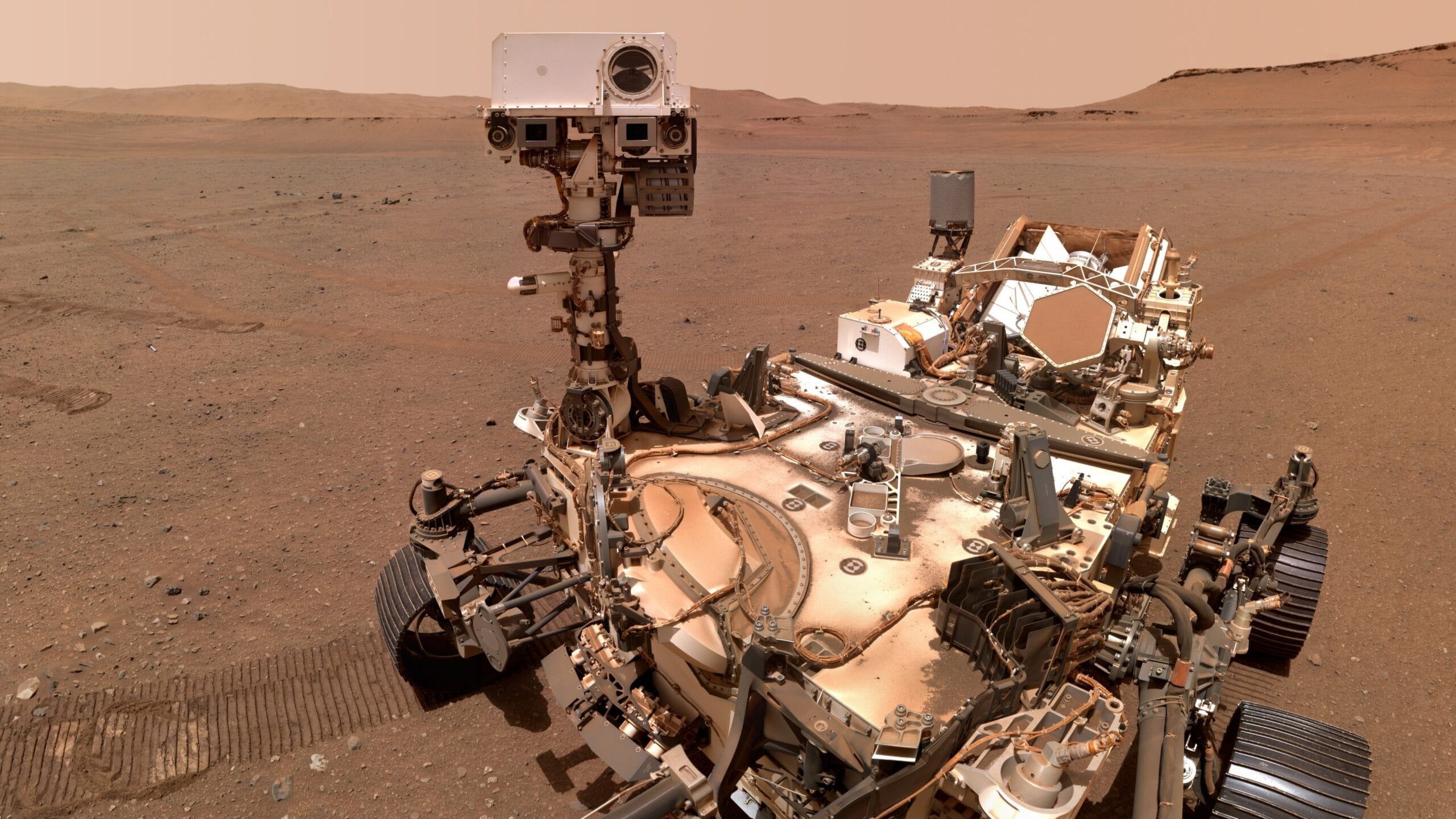NASA’s Perseverance rover has made history by reaching the top rim of the Jezero Crater, a significant milestone in its ongoing mission to explore Mars. Launched in July 2020, Perseverance landed in the Jezero Crater on February 18, 2021, with the primary objective of searching for signs of ancient life and collecting samples of Martian rock and soil. The rover’s ascent to the rim of the crater is a remarkable achievement that not only showcases its advanced engineering but also opens up new opportunities for scientific exploration.
The Jezero Crater, which is approximately 28 miles (45 kilometers) wide, is believed to have once contained a lake and river delta, making it an ideal location for studying the planet’s geological history and the potential for past microbial life. The rover’s journey to the rim has involved navigating challenging terrain, including steep slopes and rocky surfaces. The team at NASA’s Jet Propulsion Laboratory (JPL) has carefully planned the rover’s route to ensure its safe passage while maximizing the scientific return from its observations.
Reaching the top of the crater rim allows Perseverance to gain a new perspective on its surroundings and conduct detailed examinations of the geological features that characterize the area. The rover is equipped with a suite of scientific instruments designed to analyze the composition of rocks and soil, assess the planet’s climate and geology, and search for signs of past life. Among these instruments is the Scanning Habitable Environments with Raman & Luminescence for Organics & Chemicals (SHERLOC), which is capable of detecting organic compounds and minerals that may indicate the presence of ancient life.
In addition to its scientific objectives, the rover is also tasked with collecting samples of Martian material for future return to Earth. These samples will be crucial for scientists to conduct more detailed analyses using advanced laboratory techniques that are not possible on Mars. The collection process involves drilling into the Martian surface and sealing the samples in specially designed tubes, which will eventually be retrieved by a future mission.
The ascent to the crater rim has not been without its challenges. The rover’s navigation system relies on a combination of onboard sensors and algorithms to assess the terrain and make real-time decisions about its path. This capability is particularly important in the rugged landscape of Jezero Crater, where obstacles can arise unexpectedly. The team at JPL has been closely monitoring the rover’s progress, making adjustments to its route as necessary to ensure its safety and the success of its mission.
As Perseverance continues its exploration of the Jezero Crater, it is also contributing to a broader understanding of Mars as a planet. The data collected by the rover will help scientists piece together the planet’s geological history, including the processes that shaped its surface and the environmental conditions that existed in the past. This information is vital for understanding the potential for life on Mars and the implications for future human exploration of the planet.
The achievement of reaching the top rim of the Jezero Crater is a testament to the hard work and dedication of the teams involved in the Perseverance mission. It highlights the importance of collaboration across various scientific disciplines, including geology, astrobiology, and engineering. As the rover continues its journey, it will undoubtedly encounter new challenges and discoveries that will further enhance our understanding of Mars and its potential to support life.
Looking ahead, the Perseverance rover will focus on conducting in-depth analyses of the geological features at the crater rim. The data collected during this phase of the mission will be invaluable for future missions to Mars, particularly those aimed at returning samples to Earth. The insights gained from Jezero Crater may also inform the selection of landing sites for future human missions to the planet, as scientists seek locations that are not only scientifically interesting but also safe for human exploration.
In conclusion, NASA’s Perseverance rover has reached a significant milestone by ascending to the top rim of the Jezero Crater. This achievement paves the way for further scientific exploration and enhances our understanding of Mars’ geological history and potential for past life. As the rover continues its mission, it remains a symbol of human ingenuity and the quest for knowledge about our neighboring planet.



